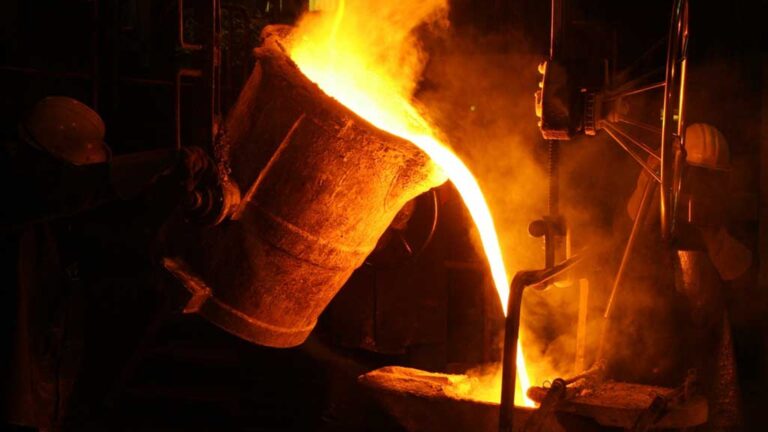As we humans evolved, we started to utilize and vent all kinds of different tools that shaped our future. Axes, pickaxes, fishing rods, hammers, many other different types of tools and weapons. At first, these items were made out of wood and hammer, but as we started to invent different technologies, we evolved to using much sturdier and more reliable materials such as metal. But, it is not just about the material that is used to create a tool. The manufacturing process determines the quality of an item. Casting is one of those processes that deliver products of pristine quality.
However, with the casting metalworking process, all kinds of different materials can be used to obtain a certain type of product. We have seen the use of epoxy, concrete, clay, copper, silver, gold, and almost every other metal. Right now, you are probably wondering which one of these materials is the best one, especially if you have an idea or invention that you want to turn into a real thing.
Of course, you want your product to be in the best possible quality which is probably the reason why you are searching for all the different materials that can be used for casting.
You will not have to search any further because I am going to tell you about all the different materials.
Gray iron
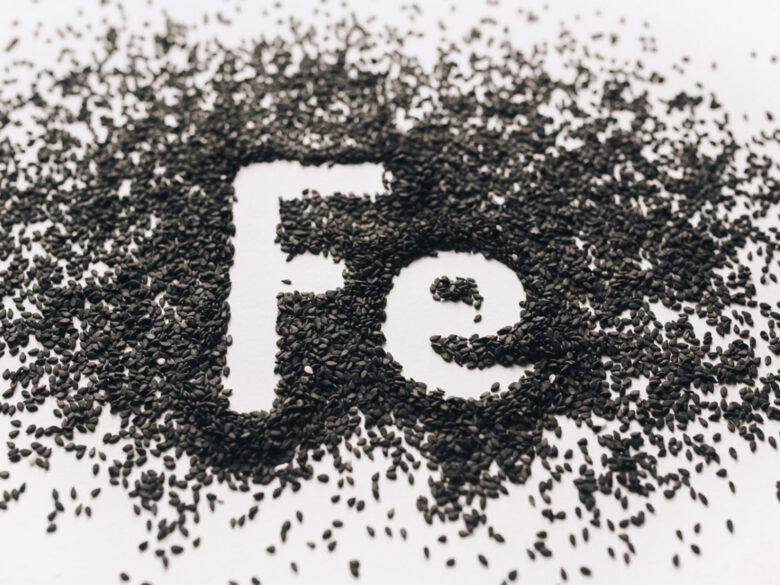
This is probably one of the most commonly used materials in the entire metalworking industry. It is easily obtainable, it is common as ore and it can be turned into a very durable product. Properly casted objects made out of gray iron can have a very high tensile strength, reaching somewhere around 40,000 psi or 50,000 psi. This may not be as good as steel, but considering that this is a much cheaper material, it is still quite useful and impressive.
To sum up, gray iron is very cost-effective, especially if used in very high volumes. It is commonly used as a damping tool/object, it has quite a high strength and it can provide proper support for stability.
Ductile iron
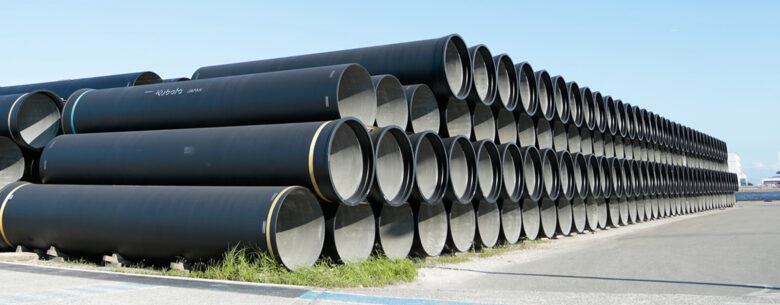
Think of ductile iron as the better version of the previous listing. When properly cast, ductile iron has a very high tensile strength that may be compared to stainless steel. So, with it, you get even more strength, it is still cost-effective at both low and high volumes, it is lighter, it is tougher and it has high resistance is against heat, cold and even scratch damage.
Stainless steel

You are probably very aware of what stainless steel is because it is a term that is frequently thrown around in everyday life. You can find all kinds of items that are made out of this certain material. Your forks, spoons, and knives at home are probably made out of stainless steel to ensure that they never corrode. This steel also has a very high level of toughness, making even the smallest objects very difficult to break. Have you ever tried to bend a knife made out of this steel? I assume that you have failed because of its high toughness.
However, not every bit of steel can be stainless. For the material to “deserve” this title, it will have to go through a quality casting process to ensure that the chromium content is well over 10.5%. If it is lower than that, it cannot be referred to as stainless because it is corrosion resistance will be lower and the level of toughness will also be worse.
I think it is also worth mentioning that the process of creating a high-quality product is more expensive than using ductile or gray iron.
But, this does not beat the fact that steel is one of the best materials used in metalworking. Many valve casting companies like to use it for products that will be sturdy, reliable, rust-resistant, and long-lasting as suggested by dawangcasting.com. This is the reason the pipes and the hoses in your bathroom or kitchen are also made out of stainless steel.
Aluminum
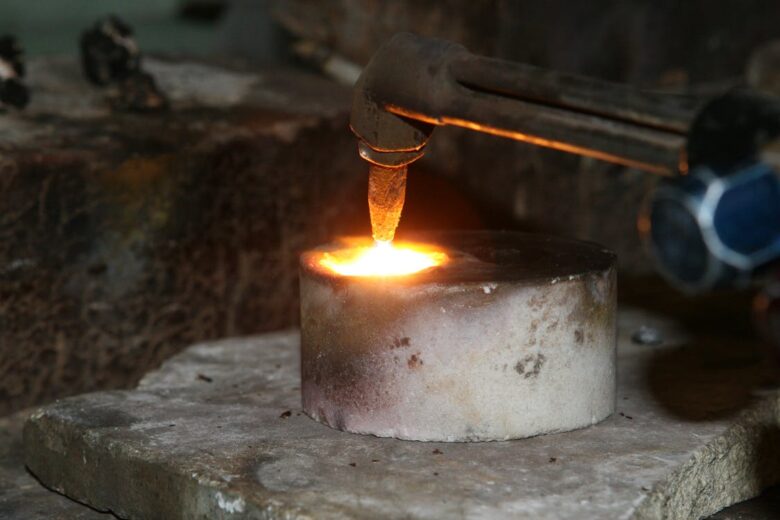
Aluminum is another material that you can very frequently meet in everyday life. Aluminum is so common in the world because it is lightweight while providing the strength a product needs and it is resistant to corrosion. The corrosion resistance might not be as high as stainless steel, but it is still good enough and it is cheaper than steel. Aluminum is also very durable, it is ordered less and can be used as a conductor because it is very conducive.
Personally, I find aluminum to be one of the most impressive materials used in metalworking processes because it is 100% recyclable. The products you can get from recycled aluminum will be of the same quality, durability, and strength.
The main disadvantage of aluminum is the fact that it is where resistance is low and its hardness is also very low, but considering the low cost, I think it is worth utilizing it for all kinds of products. Because of its low cost and impressive attributes, it is very frequently used in the consumer electronics industry. You can find it in the most expensive smartphones from brands such as Apple, Samsung, or Huawei. Computers, monitors, TVs, and many other devices usually have aluminum inside of them for durability.
Copper
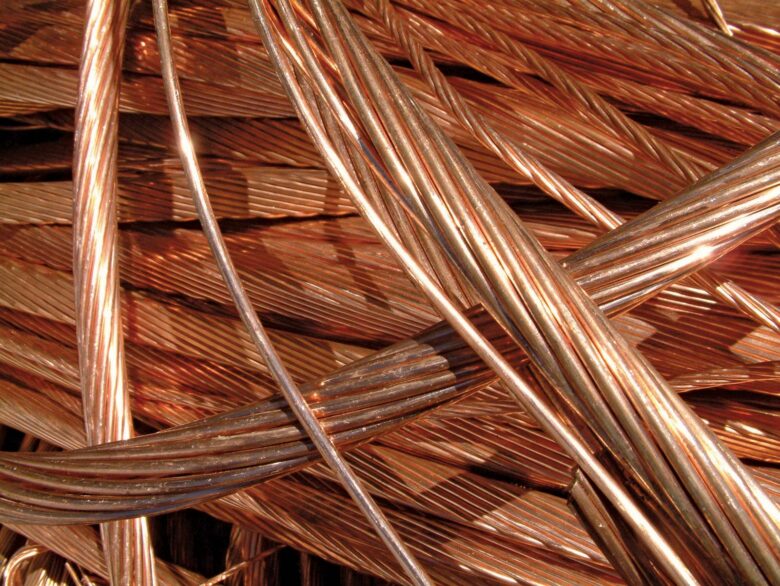
The most conductive material on the world right now is silver. The level of connectivity of silver puts it right ahead of copper. However, silver is a much rarer element on this planet which puts copper in the first place. Copper is very accessible, it has great malleability and it is cheap. There simply is no reason why we should ever use silver for the connectivity of heat or electricity. The difference in connectivity between silver and copper is minimal, so it makes no difference for a certain product. It is best to use silver in other products while utilizing copper for wiring, heat spreaders, etc.
There are several other metals that can be utilized in casting, but I believe the ones I listed above are the most common and impressive ones.

